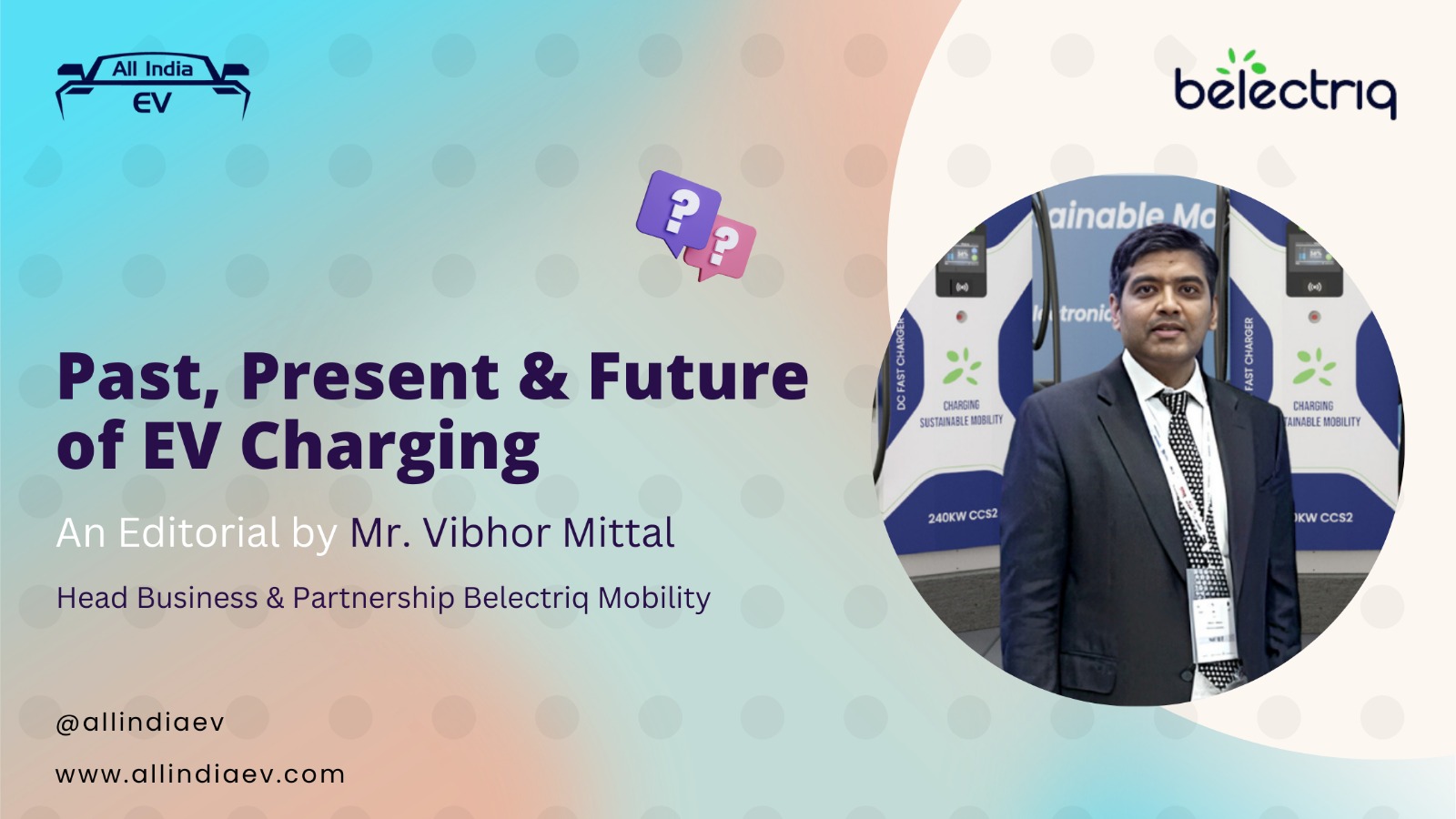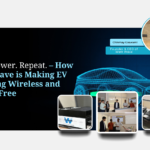
Past, present & future of Fast EV Chargers in India
Belectriq Mobility is on a mission to Charge Sustainable Mobility. They offer a wide range of industry-standard AC and DC chargers to cater to all kinds of EVs available in the Indian market including 2Ws, 3Ws, Cars & Buses etc. The EV chargers are Designed and Manufactured in India; ARAI and CE-approved; highly safe and built to withstand tough Indian weather conditions.
It is founded by IIT, ISB, and XLRI alumni with 15+ years of experience in manufacturing power electronics equipment. With a strong focus on ‘Innovation’ and ‘Make in India’, Belectriq aims to make India a manufacturing hub for sustainable mobility solutions starting with the EV Chargers.
The past, present, and future of fast charging for electric vehicles (EVs) in India represent an evolving landscape driven by technological advancements, policy initiatives, and market dynamics. It has undergone significant advancements since its inception, and its trajectory into the future is promising as the EV industry is booming in India with rising sales across all categories 2Ws, 3Ws & 4Ws.
Past
Initial Infrastructure Development: In the past decade, India saw the nascent stages of EV adoption and the development of charging infrastructure. This included the installation of slow AC chargers and low-power DC chargers at select locations, primarily in urban areas. As the govt allowed multiple charging standards to evolve, all three types of DC chargers GB/T, Chademo & CCS2 were set up across the locations. It was either led by fleet companies, or CPOs and also pushed by govt via several govt agencies (EESL, REIL, IOCL, BPCL, HPCL, Discoms, State Nodal Agencies, etc.) and policy incentives like FAME.
Government Initiatives: The Indian government introduced various policies and initiatives to promote EV adoption and charging infrastructure development. Programs like the Faster Adoption and Manufacturing of Electric Vehicles (FAME) scheme provided incentives for both EV purchase and charging infrastructure deployment.
Early Fast Charging Deployment: While fast charging infrastructure was limited, some early deployments of DC fast chargers emerged, primarily in metropolitan cities and along major highways. These chargers offered moderate charging speeds, typically up to 50 kW. Localization: The initial chargers were mostly imported, primarily from China. However several players started working on localizing the assembly.
Present
Expansion of Charging Infrastructure: The present scenario witnesses a significant expansion of fastcharging infrastructure across India. Public and private entities are investing in the installation of DC fast chargers at strategic locations, including highways, commercial hubs, and public parking facilities.
Increasing Charging Speeds: Fast charging technology has advanced, with newer chargers offering higher power outputs. Charging speeds have increased to 100 kW and beyond, reducing charging times and enhancing the convenience of EV ownership.
Interoperability and Standardization: Efforts are underway to ensure interoperability and standardization of charging infrastructure. For 4Ws and e-buses, CCS2 has become the defector charging standard. For 2Ws/3Ws/LCVS, the recently approved BIS Standard for LEVDC seems to be the choice going forward.
Future
Indigenous Technology: The majority of EV chargers in the market are currently imported with little customization for the Indian environment such as dust, humidity, voltage fluctuations, and high altitude (in Himalayan states). They also suffer from a lack of proper integration with locally developed charging Apps. Indigenous technology including the controller, power module, and charging cables will bring down the prices, make components serviceable, enable software customization, and increase the reliability/uptimes of chargers.
Ultra-Fast Charging Networks: The future of fast charging in India will likely see the deployment of ultra-fast charging networks capable of delivering charging speeds exceeding 150 kW, and potentially reaching 350 kW or higher. These ultra-fast chargers will significantly reduce charging times, making EVs more attractive to consumers.
Integration with Renewable Energy: There will be a greater emphasis on integrating fast charging infrastructure with renewable energy sources such as solar and wind power. This integration will not only reduce the carbon footprint of EV charging but also contribute to India’s renewable energy goals.
Software Upgrade to OCPP2.0: The Open Charge Point Protocol (OCPP) is an application protocol for communication between EV chargers and central management systems. The Indian market is currently using OCPPv1.6 but is expected to upgrade to OCPPv2.0 shortly. This OS upgrade in EV Chargers as well as the Charging Software will unlock new and improved features for device management, transaction handling, credit card payments, security, smart charging functionalities, plug & charge, etc
Smart Charging Solutions: Future charging infrastructure will incorporate smart charging solutions, allowing for dynamic pricing, demand response, and grid integration. Smart charging algorithms will optimize charging schedules based on factors like energy demand, grid stability, and user preferences
Enhanced User Experience: Future CCS2 charging stations will focus on improving the user experience through features such as enhanced payment options, improved reliability, and integration with navigation systems to locate and reserve charging stations in real time.
Rural and Urban Expansion: Charging infrastructure deployment will extend beyond urban centers to include rural areas, ensuring equitable access to fast charging facilities across the country. Additionally, residential and community charging solutions will gain prominence, catering to the charging needs of EV owners living in apartments and housing complexes.
Doorstep Charging: Range anxiety will be a thing of the past if instead of customers going to the charging station, the charger comes to the customer 24/7 at the desired location which can either be home, office, market, or even in the middle of the road in an emergency.
A fast or slow charger connected either with portable power banks or powered by a dynamo is fitted inside a light commercial vehicle to provide doorstep charging. Overall, the past, present, and future of fast charging for electric vehicles in India reflect a transition toward a more robust and accessible charging ecosystem, driven by technological innovation, policy support, and market demand.










